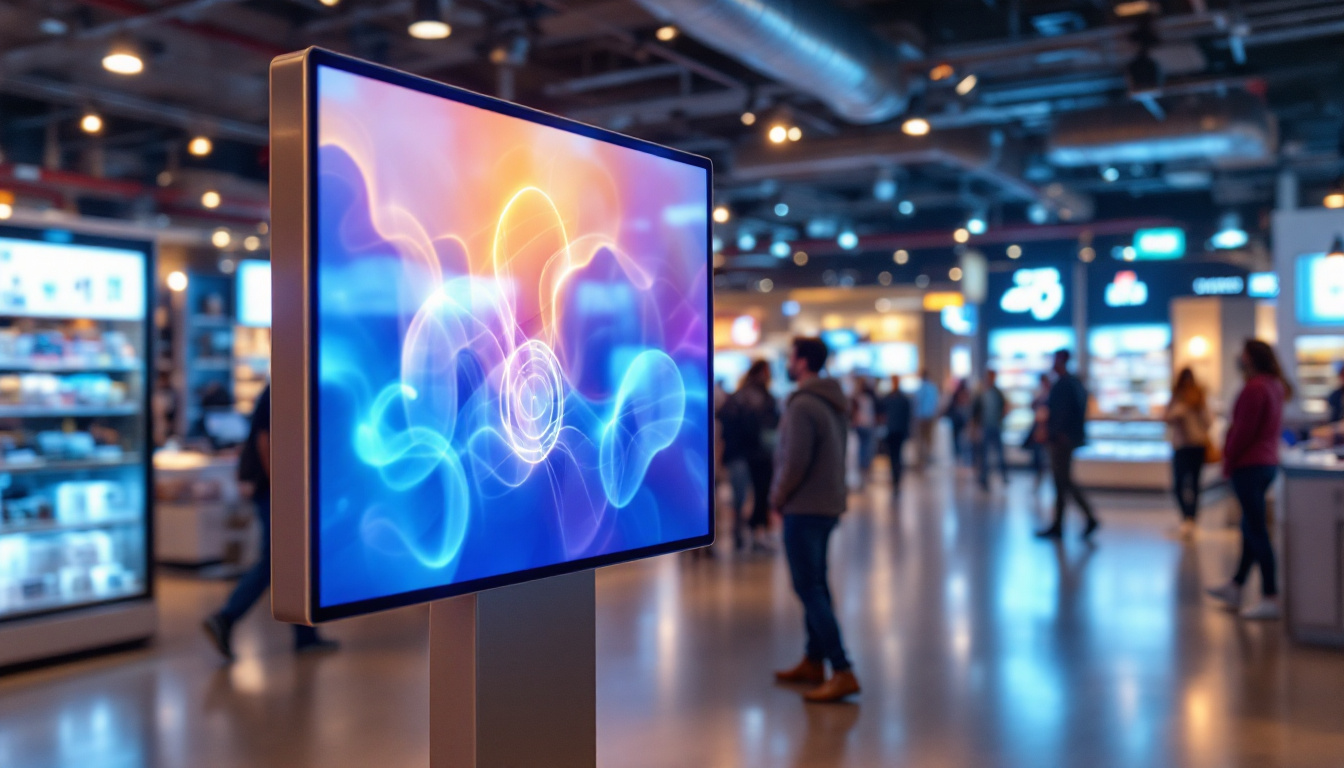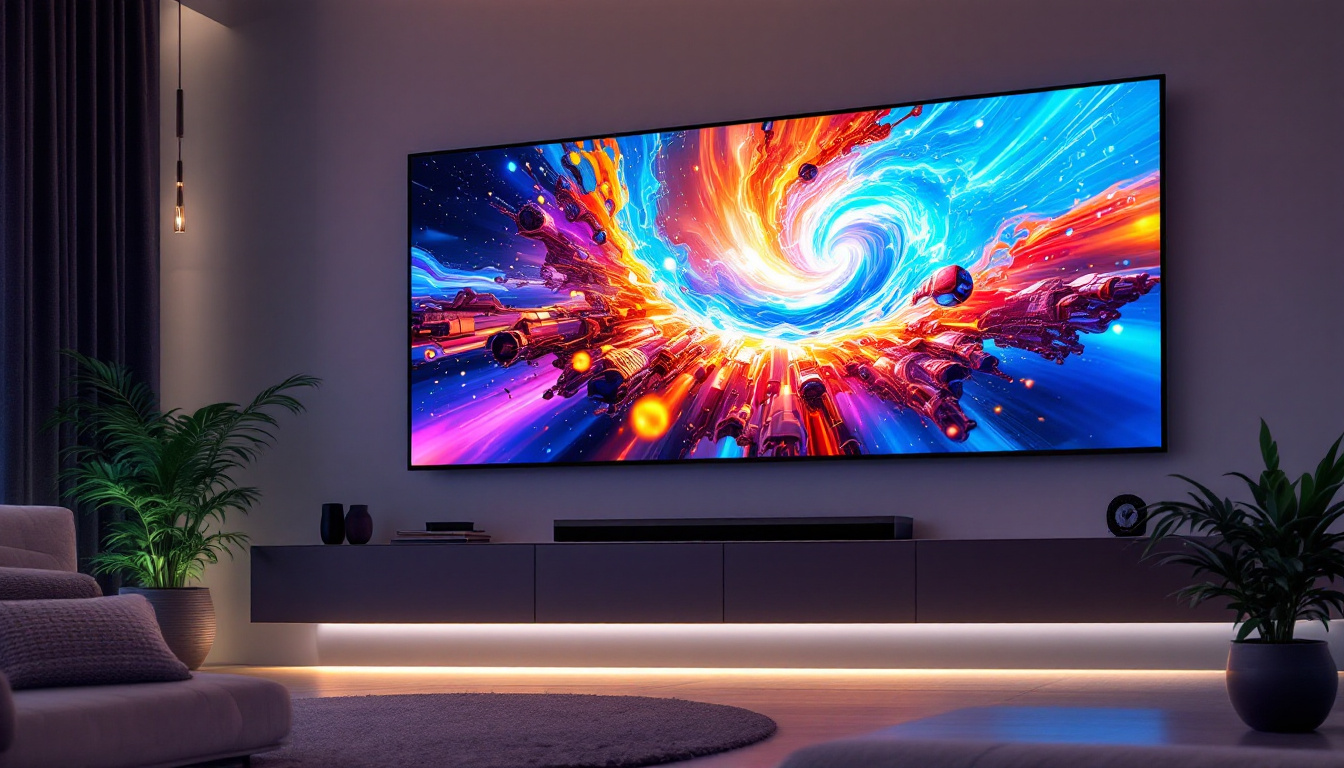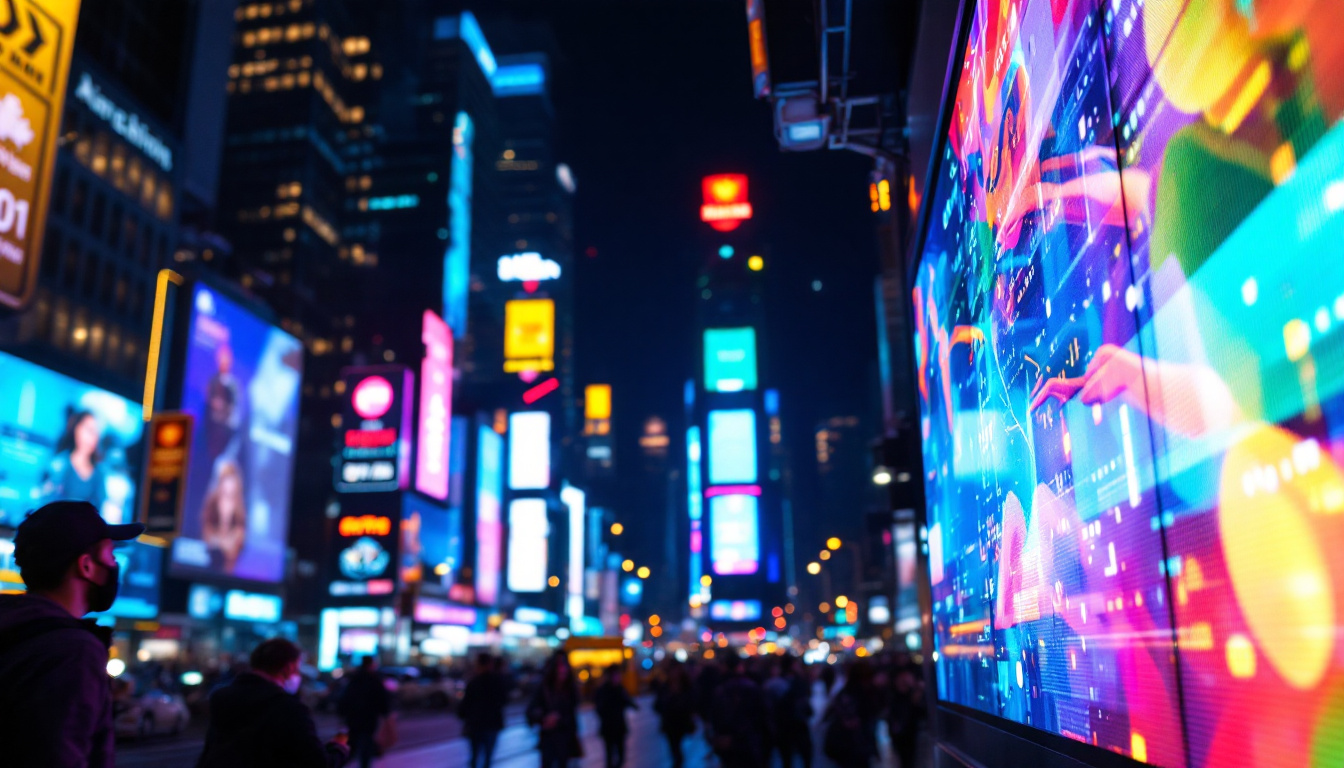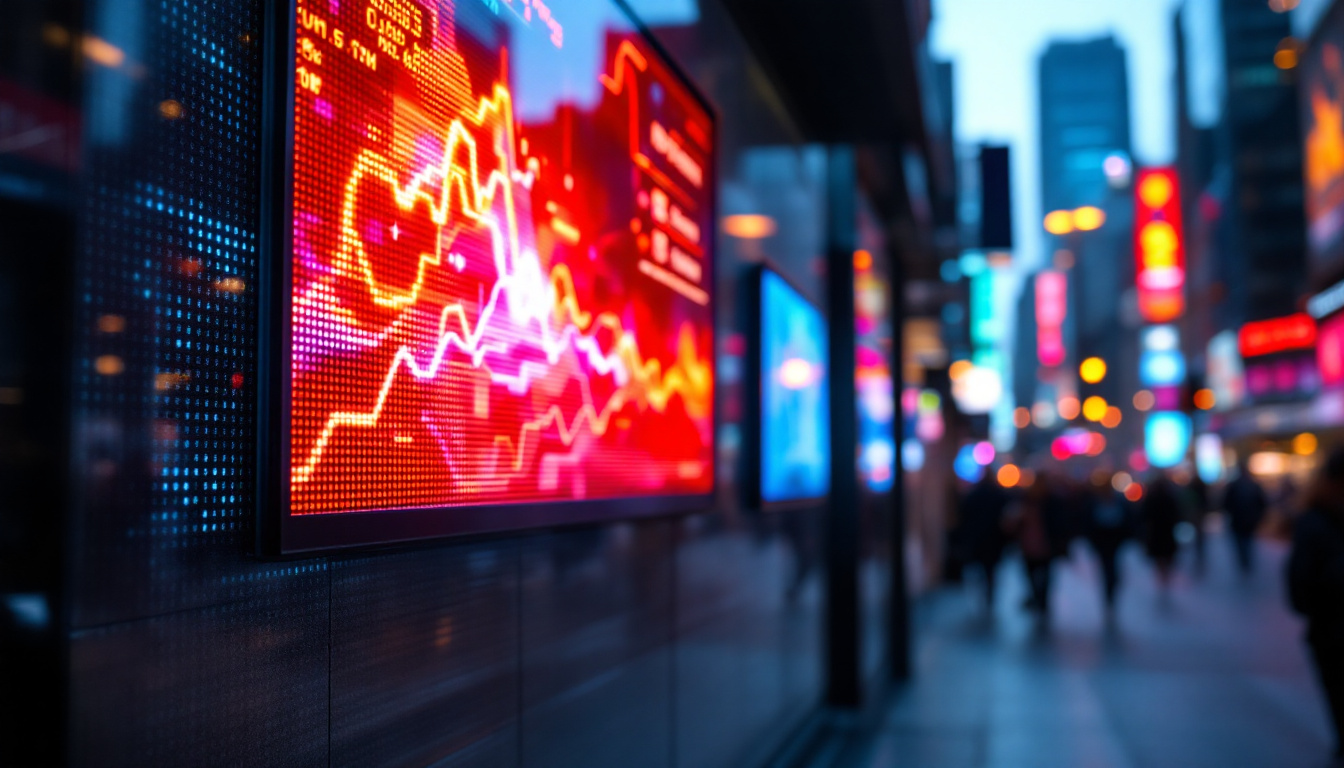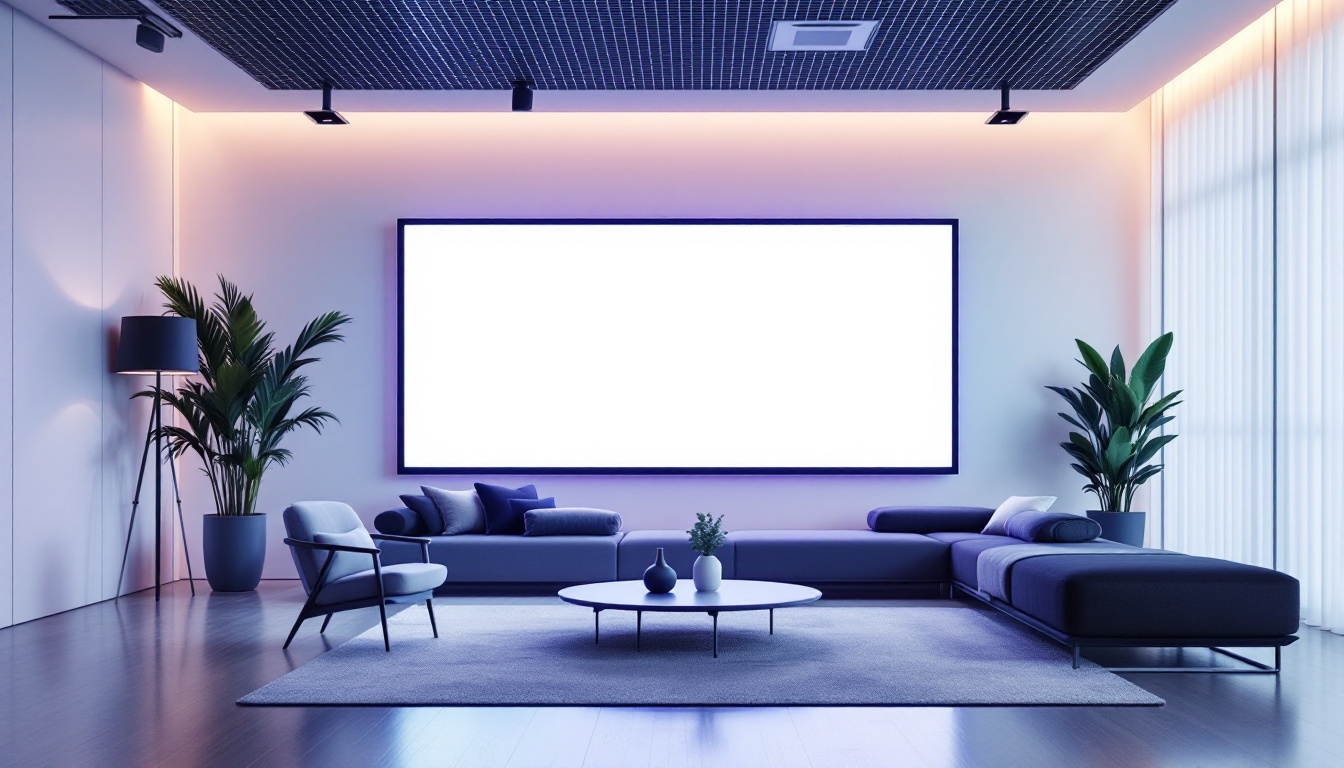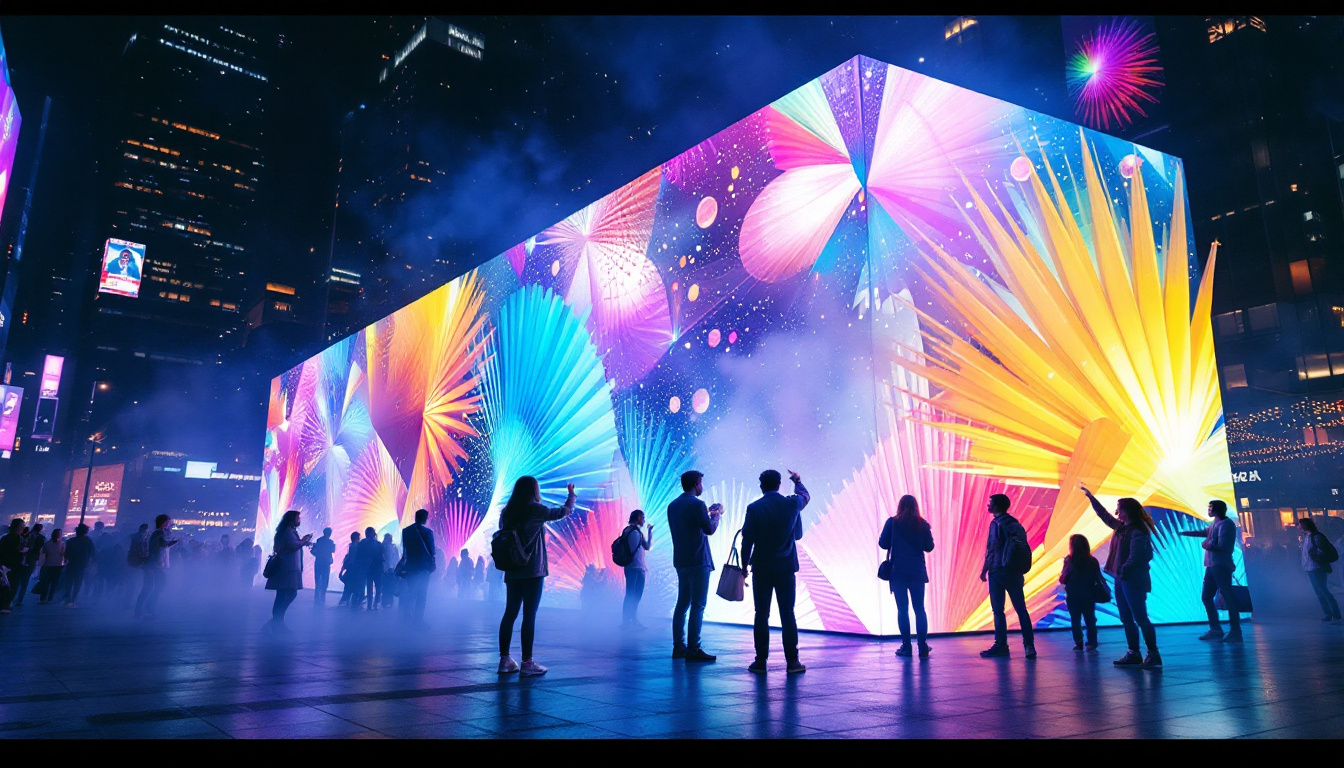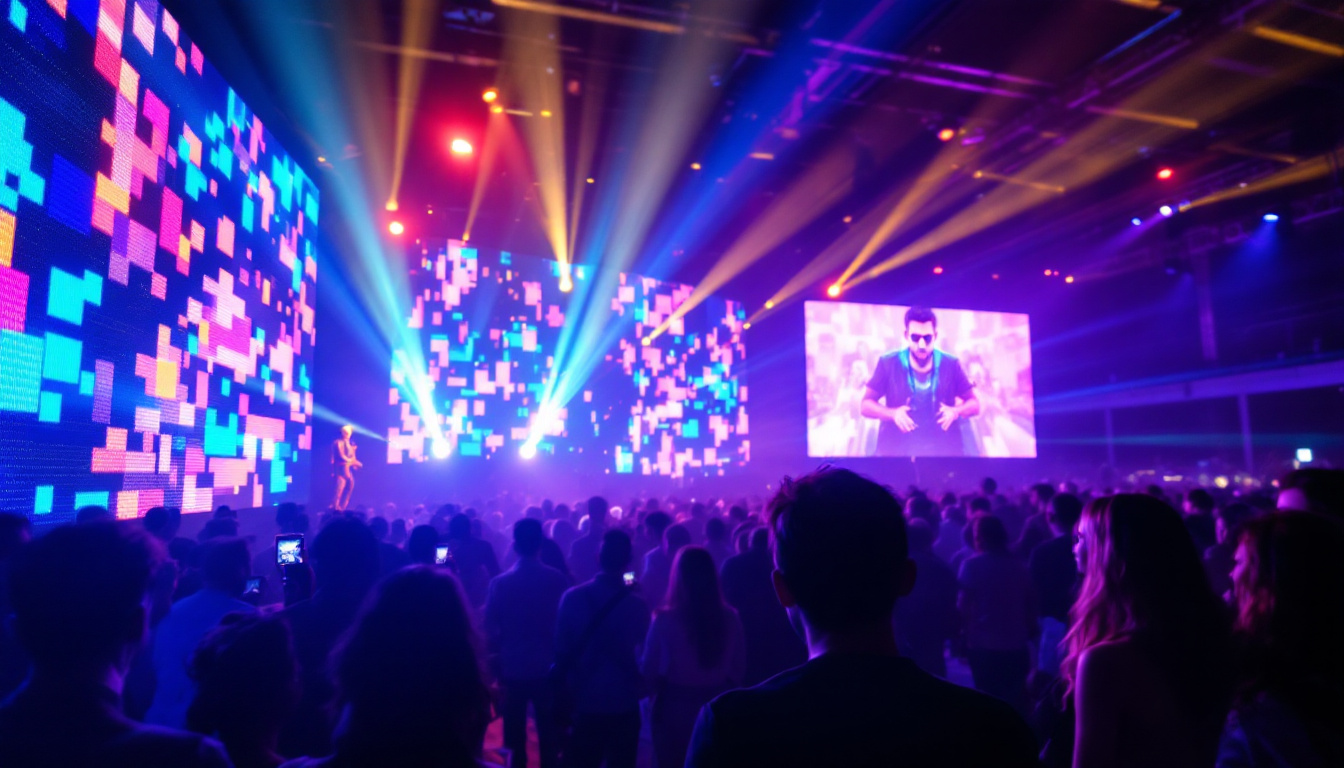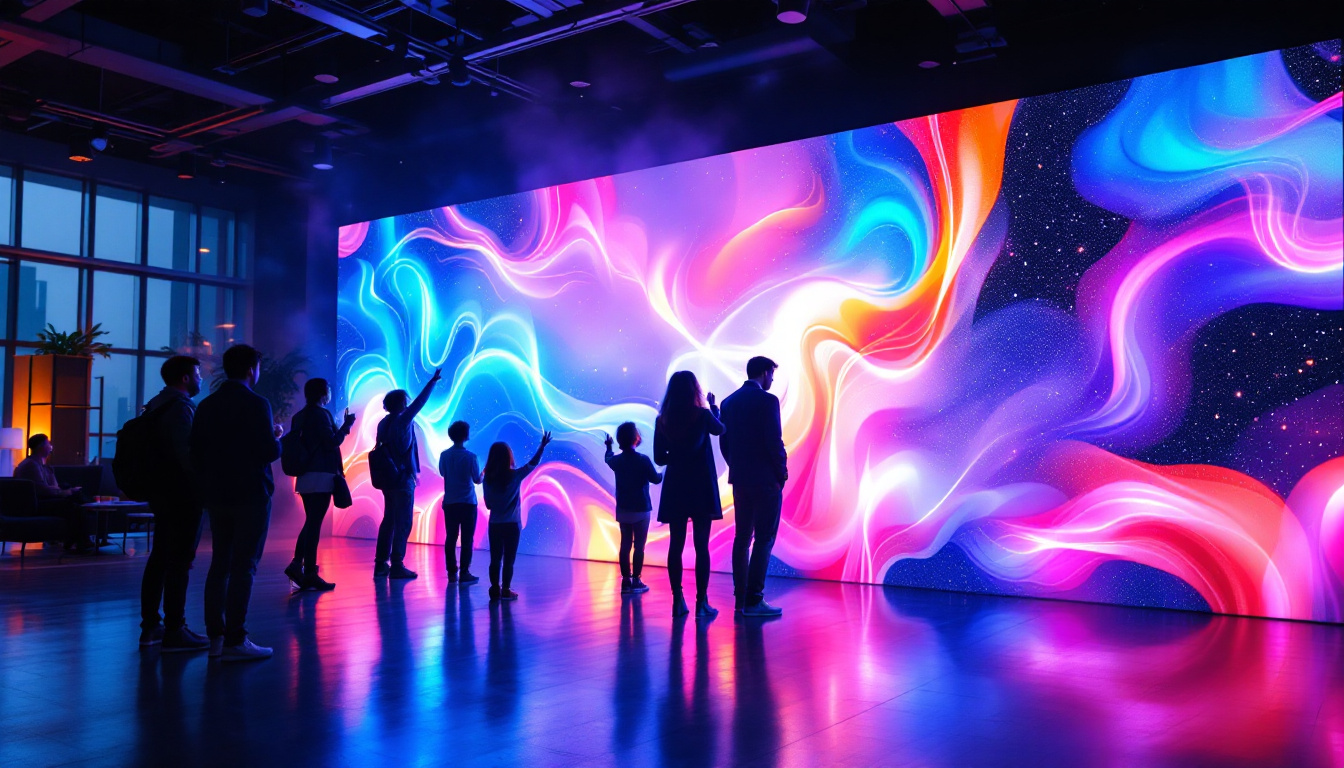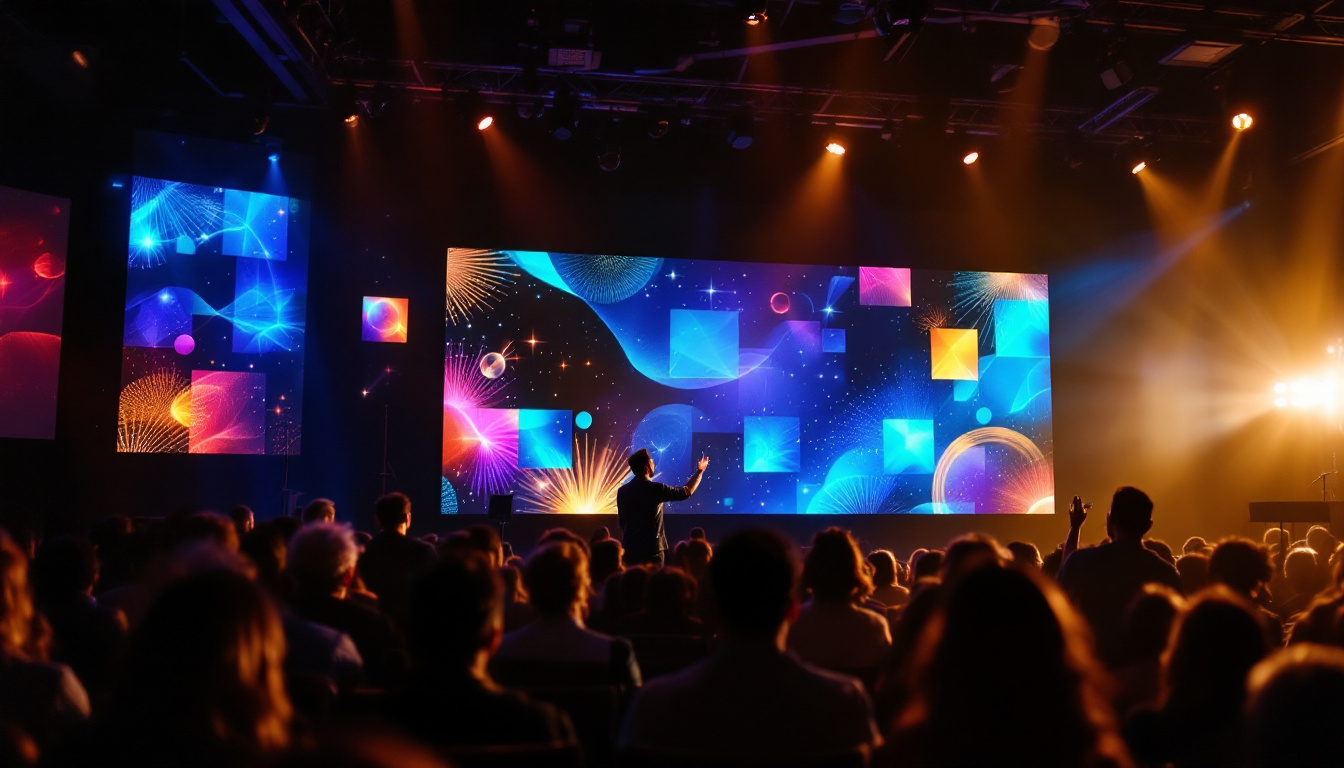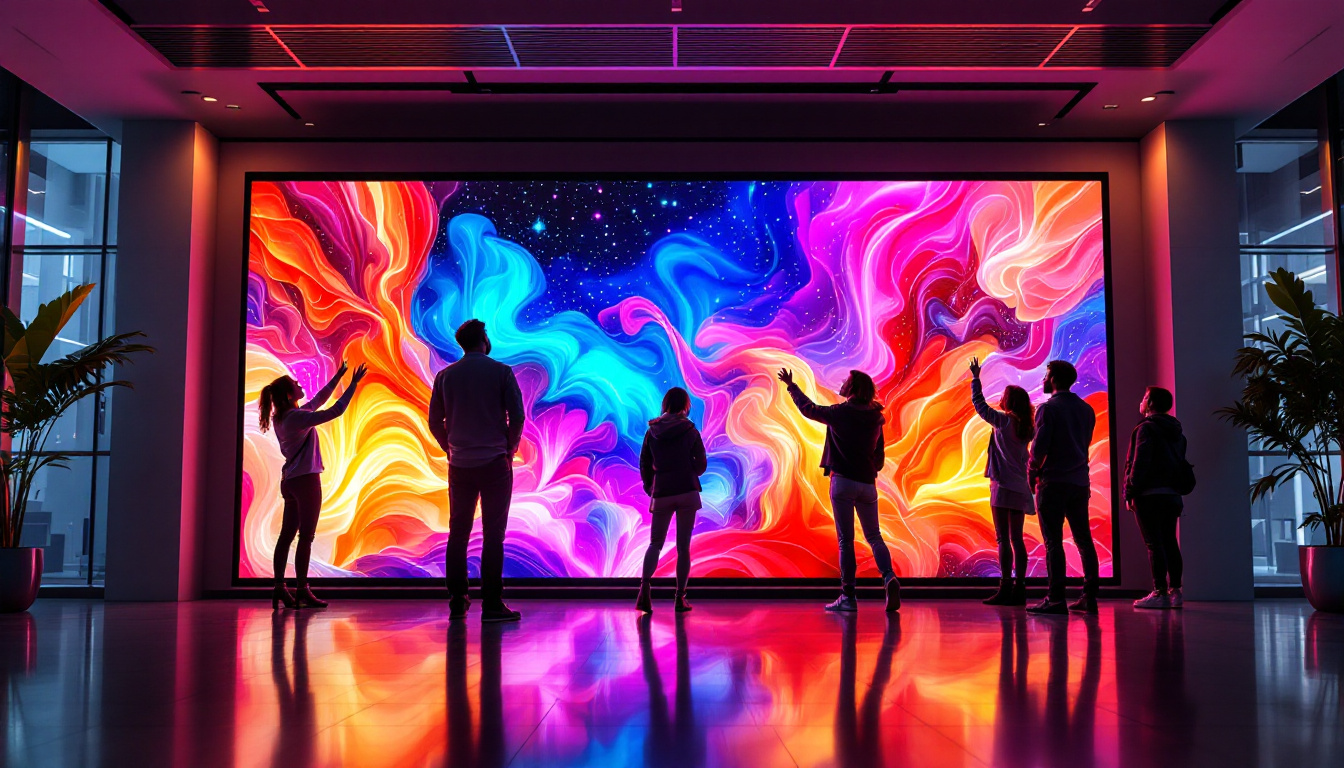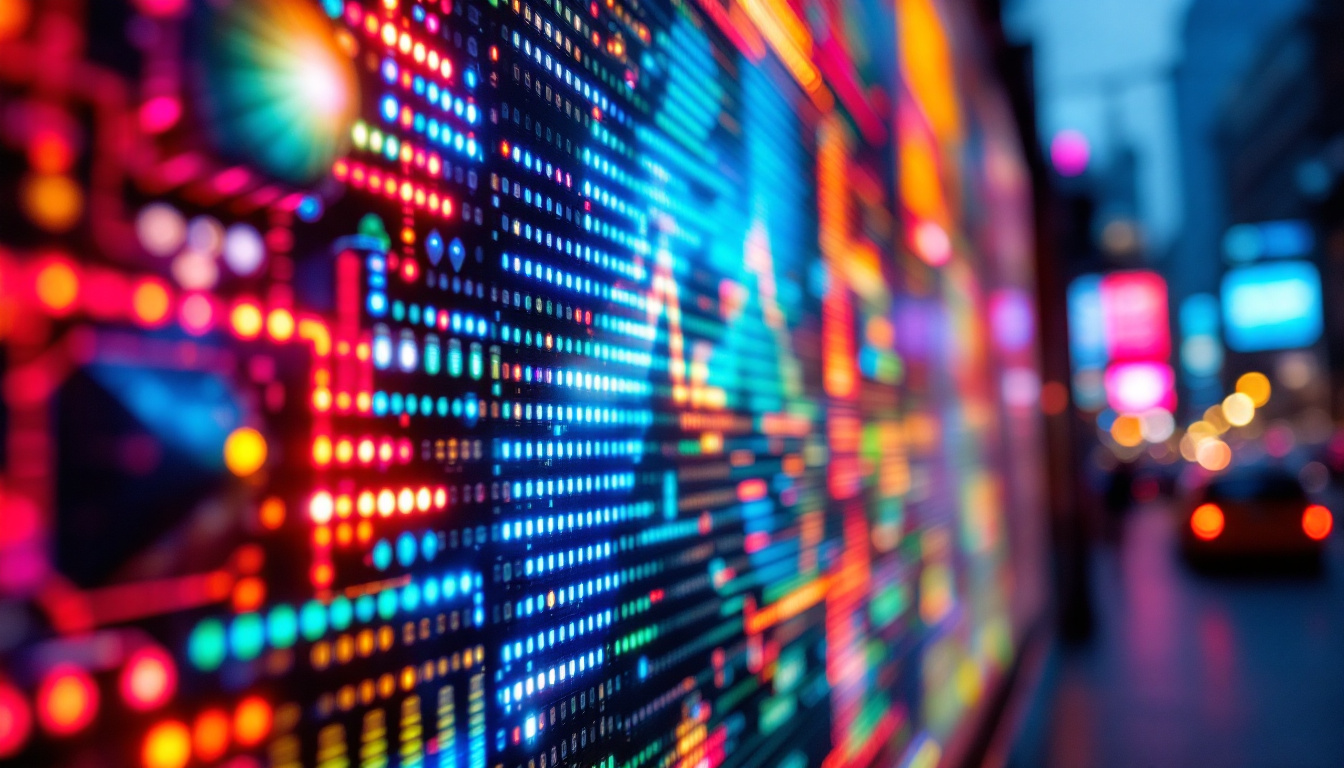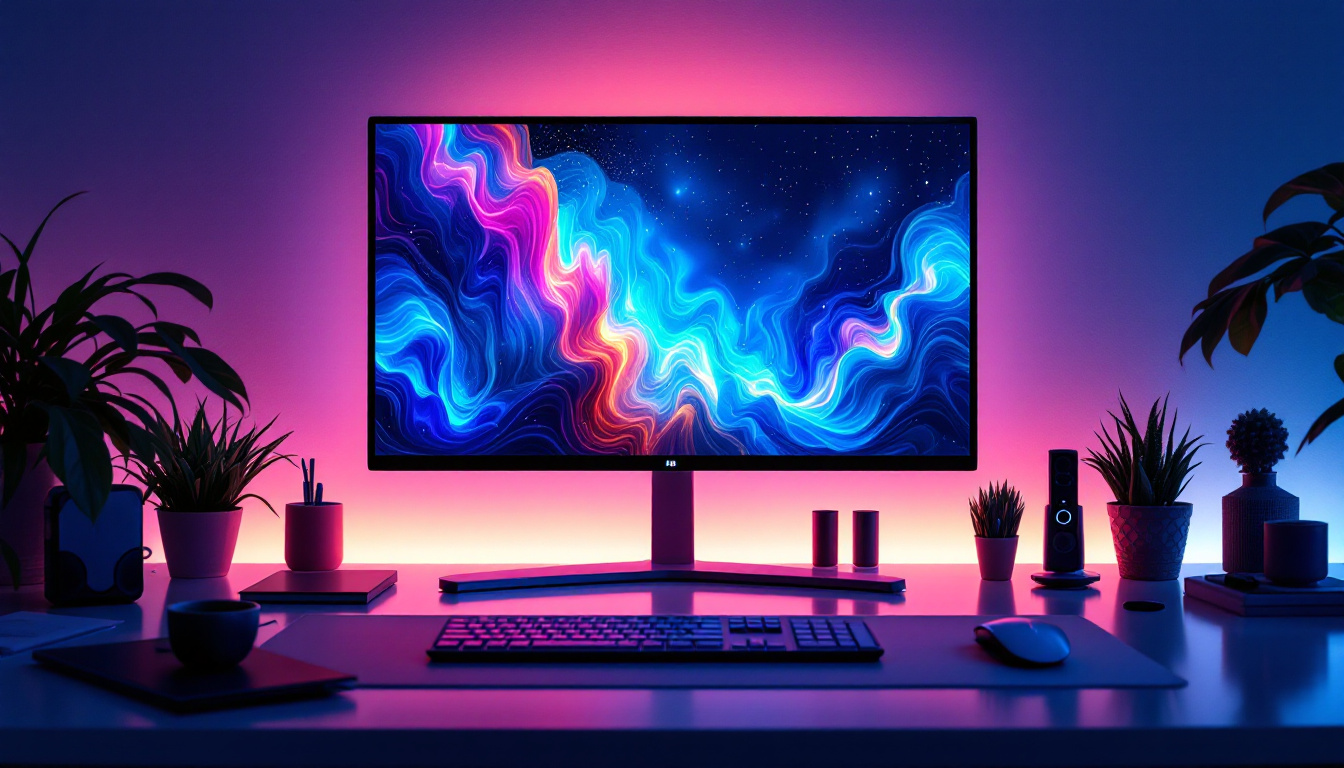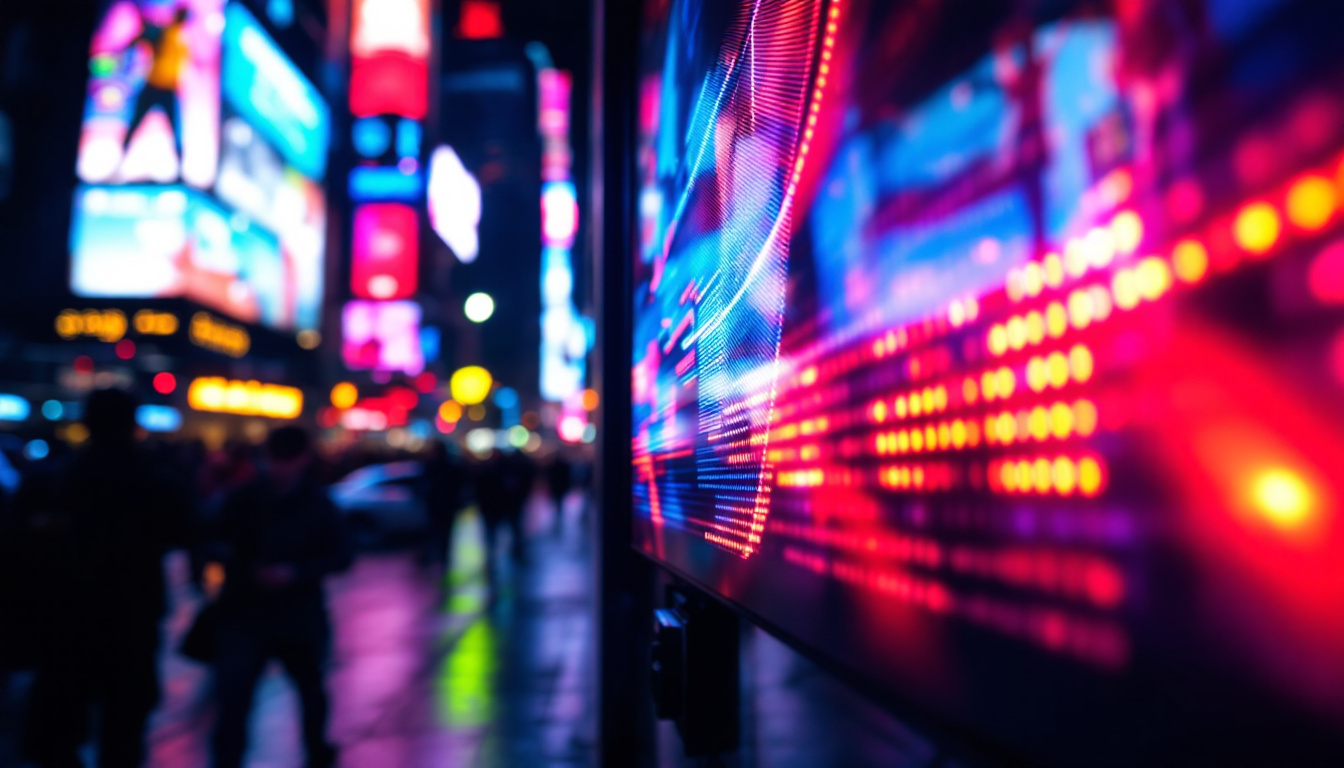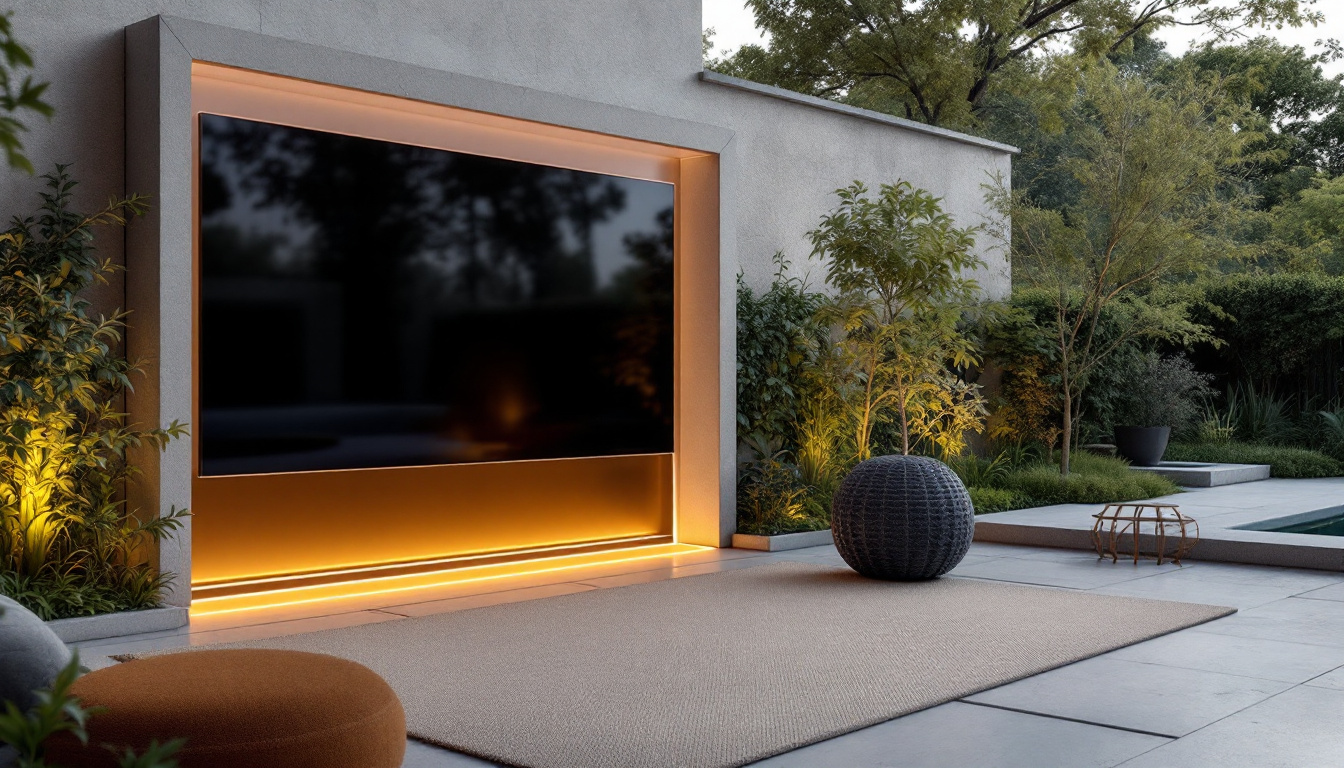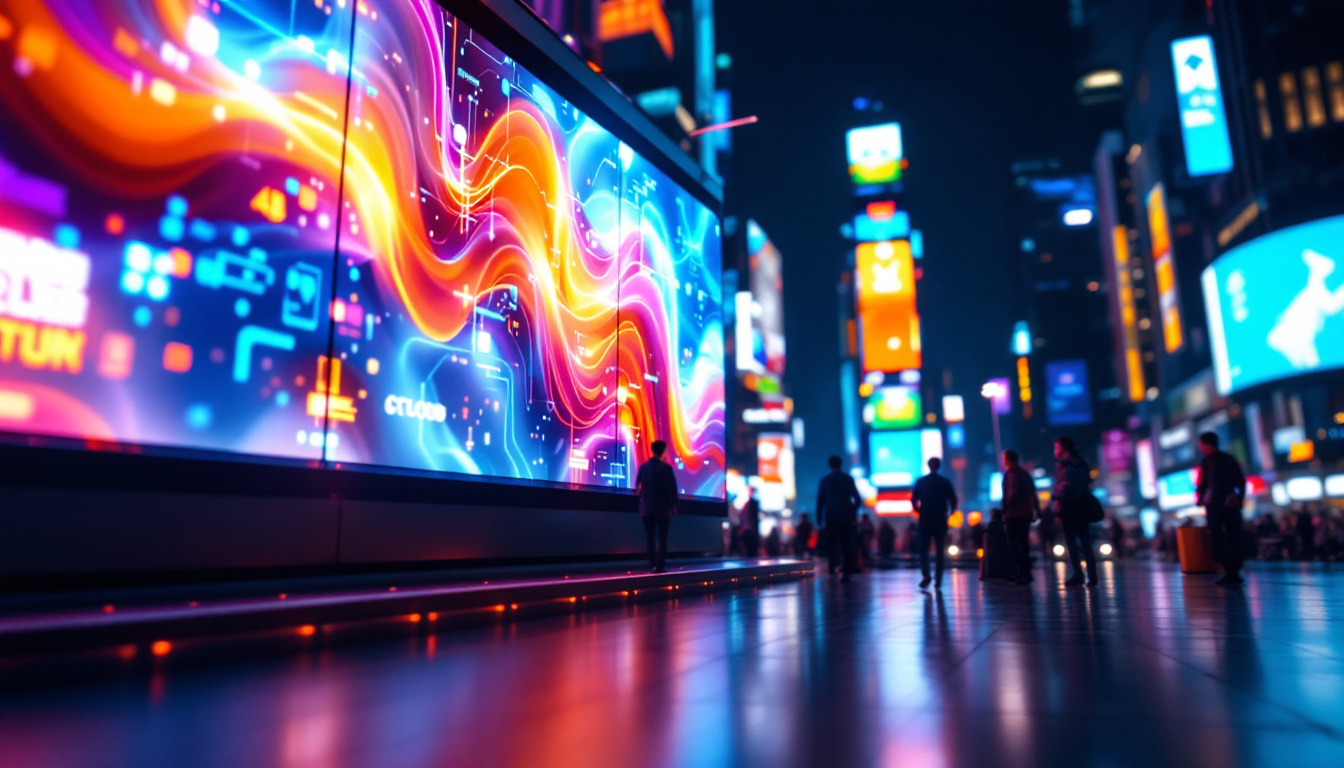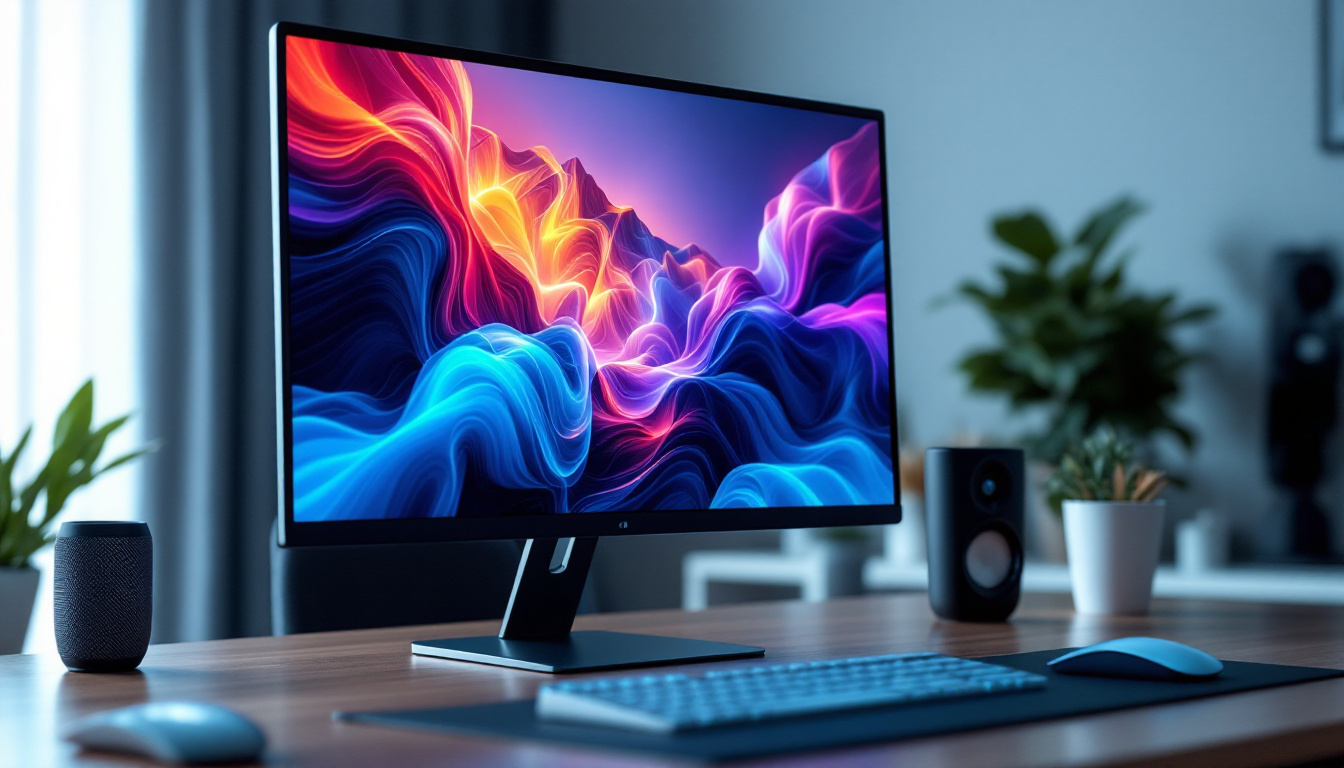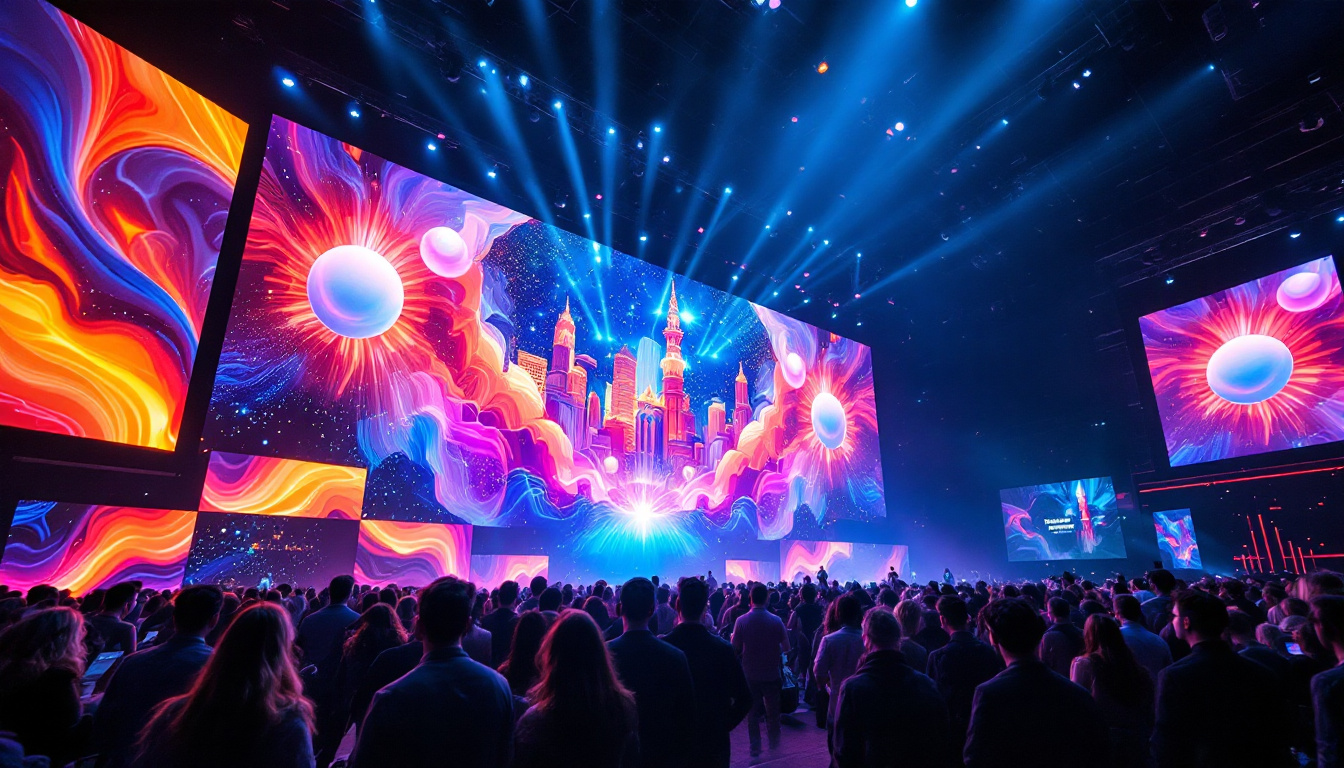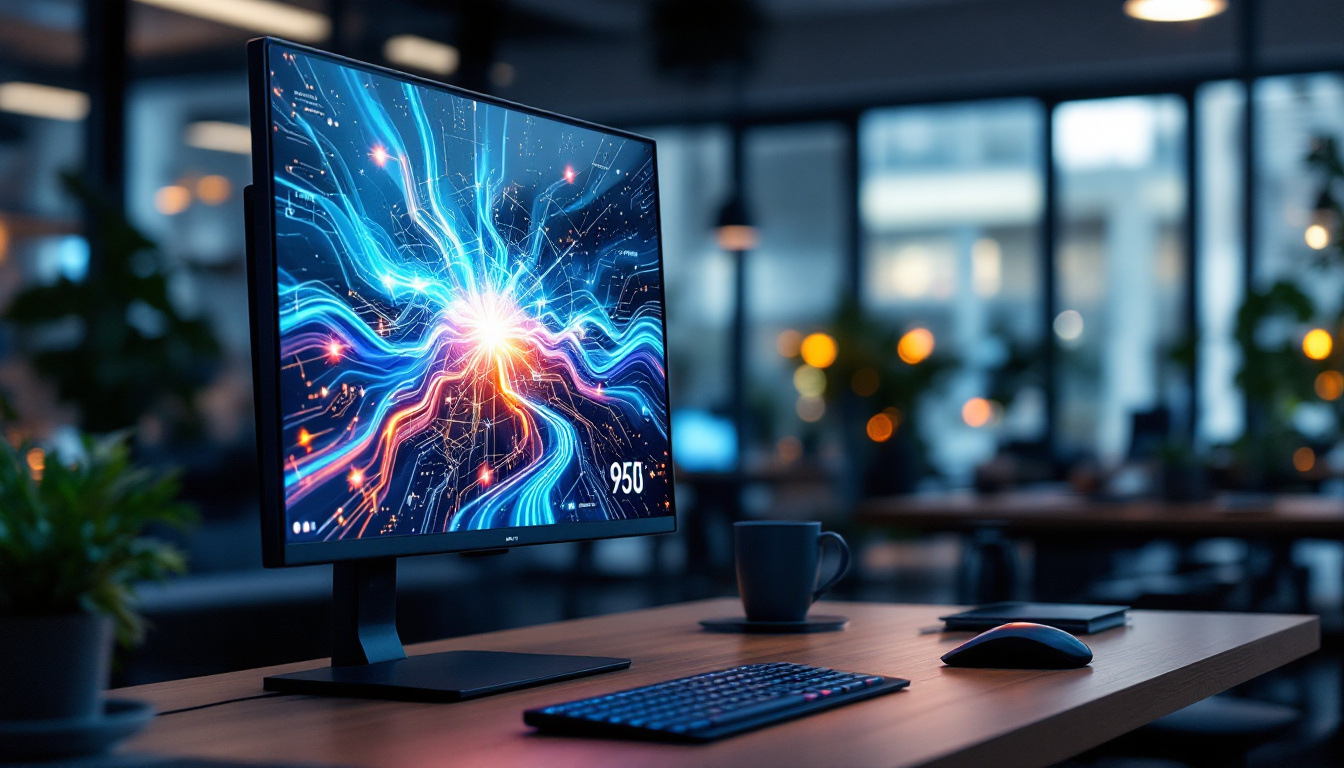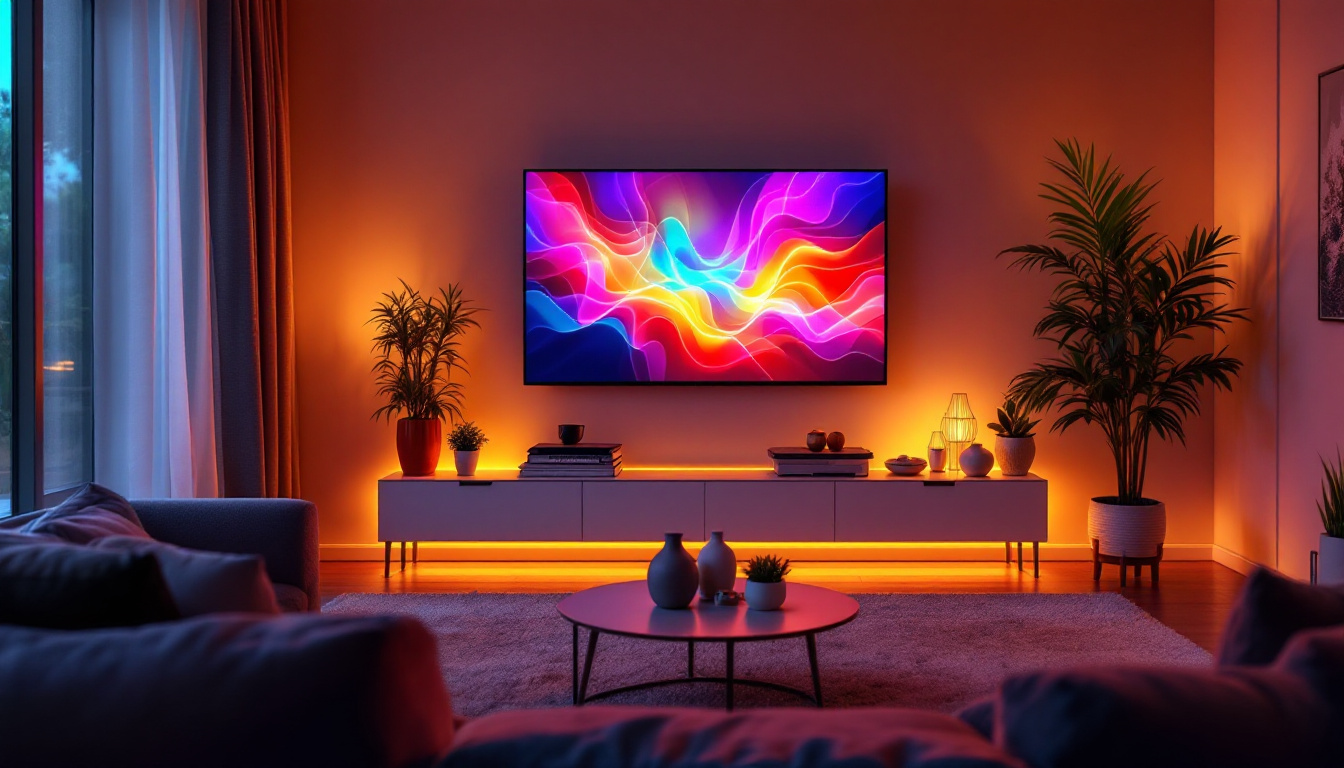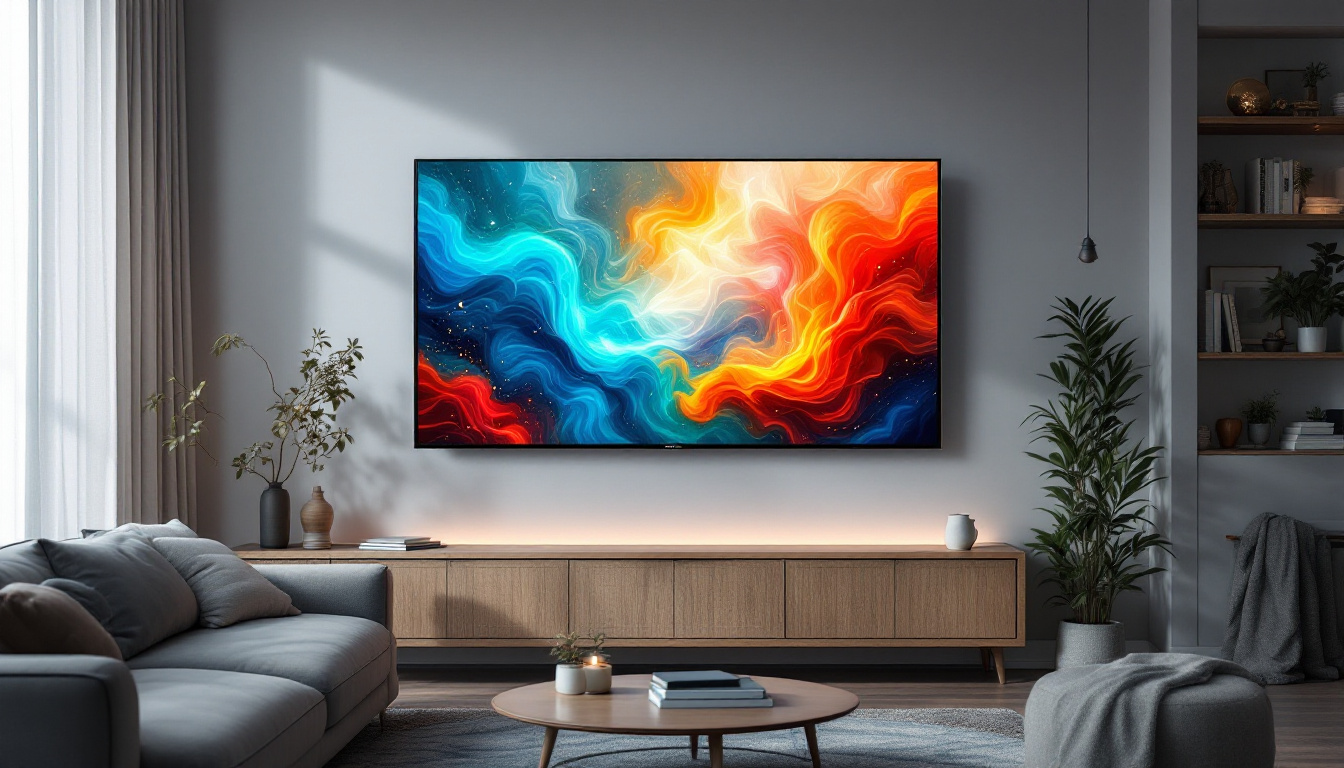In the rapidly evolving world of technology, video resolutions play a pivotal role in determining the quality of visual content. As consumers demand higher-quality displays, understanding the nuances of video resolutions, particularly in LED displays, has become essential. This article delves into the various video resolutions, their significance, and how they affect the performance of LED displays.
Understanding Video Resolutions
Video resolution refers to the number of pixels displayed on the screen, which directly correlates to the clarity and detail of the image. The higher the resolution, the more pixels are used to create the image, resulting in sharper visuals. Resolutions are typically expressed in terms of width x height, such as 1920×1080.
Common Video Resolutions
Several standard video resolutions are widely used in various applications, from television broadcasts to online streaming. Some of the most common resolutions include:
- Standard Definition (SD): 720×480 pixels
- High Definition (HD): 1280×720 pixels
- Full HD (FHD): 1920×1080 pixels
- Ultra High Definition (UHD): 3840×2160 pixels
- 8K Resolution: 7680×4320 pixels
Each of these resolutions serves different purposes, with SD being suitable for older content, while 8K is the latest frontier in consumer display technology. As technology continues to advance, we see a growing trend towards higher resolutions in both content creation and consumption, pushing the boundaries of what is visually possible. This evolution is not just limited to televisions; it extends to smartphones, tablets, and even virtual reality headsets, all of which benefit from enhanced pixel density and clarity.
The Impact of Resolution on Viewing Experience
The resolution of a display significantly affects the viewer’s experience. Higher resolutions provide more detail, making images appear clearer and more lifelike. This is especially important in applications such as gaming, where clarity can enhance performance, and in movies, where visual storytelling relies on intricate details. The immersive experience offered by high-resolution displays can transport viewers into the narrative, making them feel as if they are part of the action.
Moreover, as screen sizes increase, the importance of resolution becomes even more pronounced. A large screen with a low resolution can result in pixelation, detracting from the overall viewing experience. Therefore, selecting the appropriate resolution for the screen size is crucial. Additionally, the viewing distance plays a significant role; for instance, sitting closer to a 4K display allows viewers to appreciate the finer details that would be lost on lower resolutions. This interplay between resolution, screen size, and viewing distance is essential for optimizing the visual experience, particularly in environments like home theaters or gaming setups, where every pixel counts in delivering stunning visuals.
LED Displays: A Brief Overview
LED (Light Emitting Diode) displays have revolutionized the way visual content is presented. Unlike traditional LCD screens, which use backlighting, LED displays utilize individual diodes to produce light, resulting in brighter and more vibrant images. This technology has made LED displays the preferred choice for a variety of applications, from televisions to large outdoor screens. The advancements in LED technology have not only enhanced the quality of visual experiences but have also paved the way for innovative uses in various industries, including advertising, entertainment, and even art installations.
Types of LED Displays
There are several types of LED displays, each designed for specific applications. Understanding these types can help consumers make informed decisions when purchasing or utilizing LED technology. The versatility of LED displays allows them to cater to a wide range of needs, from small-scale personal devices to massive public installations that can transform urban landscapes.
- Direct View LED: These displays consist of individual LEDs that form the entire screen. They are commonly used for large outdoor advertising and events due to their brightness and visibility in daylight. Their ability to create dynamic content makes them ideal for concerts and sporting events, where real-time updates and vibrant visuals are crucial.
- LED-Lit LCD: This type combines traditional LCD technology with LED backlighting. It offers improved color and contrast compared to standard LCDs, making it suitable for home entertainment. Many modern televisions utilize this technology, providing viewers with an immersive experience that enhances the enjoyment of movies, sports, and video games.
- MicroLED: A cutting-edge technology, MicroLED displays use microscopic LEDs to create images. They promise exceptional picture quality and energy efficiency, although they are still emerging in the market. As this technology matures, it holds the potential to redefine display standards, offering seamless integration into various environments, including smart homes and augmented reality applications.
Advantages of LED Displays
LED displays come with a host of advantages that make them a popular choice among consumers and businesses alike. Some of these benefits include:
- Brightness: LED displays are known for their high brightness levels, making them suitable for both indoor and outdoor use. This characteristic is particularly advantageous for digital billboards and signage that need to capture attention in bright sunlight.
- Energy Efficiency: Compared to traditional displays, LED technology consumes less power, leading to lower energy bills. This efficiency not only benefits consumers but also contributes to environmental sustainability, making LED displays a more eco-friendly option.
- Longevity: LED displays have a longer lifespan, often lasting tens of thousands of hours, reducing the need for frequent replacements. This durability translates to lower maintenance costs and less waste, aligning with growing consumer preferences for sustainable technology.
Furthermore, the flexibility of LED displays allows for creative applications that were previously unimaginable. For instance, they can be shaped into various forms, including curved and transparent displays, enabling unique architectural designs and interactive installations. This adaptability has made LED technology a favorite among artists and designers, who leverage its capabilities to craft stunning visual experiences that engage audiences in new and exciting ways. As the technology continues to evolve, we can expect even more innovative uses that will further enhance our interaction with visual media.
Resolution and LED Display Performance
The interplay between resolution and LED display technology is critical to achieving optimal performance. As resolutions increase, so too does the demand for advanced LED technology to support these higher pixel counts.
Pixel Density and Its Importance
Pixel density, measured in pixels per inch (PPI), is a crucial factor in determining the quality of an LED display. Higher pixel density results in sharper images, as the individual pixels are less discernible to the naked eye. This is particularly important for displays used in close proximity, such as smartphones and tablets.
For example, a 4K LED display with a high pixel density will produce much clearer images than a standard HD display of the same size. This is why many manufacturers focus on increasing pixel density as they develop new LED technologies.
Scaling and Upscaling Techniques
When it comes to displaying content on LED screens, scaling and upscaling techniques are essential for maintaining image quality. Scaling refers to the process of adjusting the resolution of an image to fit the display, while upscaling involves increasing the resolution of a lower-quality image to match a higher-resolution display.
Modern LED displays often incorporate advanced upscaling algorithms that enhance lower-resolution content, making it look better on high-resolution screens. This is particularly useful for streaming services that may not offer content in the highest resolution available.
Choosing the Right Resolution for Your LED Display
When selecting an LED display, understanding the right resolution for the intended application is vital. Different scenarios call for different resolutions, and making the wrong choice can lead to subpar visual experiences.
Consider the Viewing Distance
The optimal resolution for an LED display often depends on the viewing distance. For example, if the display will be viewed from a distance, a lower resolution may suffice. However, for close-up viewing, such as in a home theater setting, a higher resolution is necessary to ensure clarity and detail.
As a general rule, the closer the viewer is to the screen, the higher the resolution should be. This principle is particularly relevant for large screens in commercial settings, where viewers may be positioned at varying distances.
Application-Specific Needs
Different applications have varying requirements for resolution. For instance, a display used for gaming may benefit from higher resolutions to provide a more immersive experience, while a display used for presentations may not require the same level of detail.
In professional settings, such as medical imaging or graphic design, high resolutions are crucial for accurate representation. Therefore, understanding the specific needs of the application can guide consumers in selecting the appropriate resolution.
The Future of Video Resolutions and LED Technology
As technology continues to advance, the landscape of video resolutions and LED displays is poised for exciting developments. The push for higher resolutions, such as 8K and beyond, is driving innovation in display technology.
Emerging Trends in Display Technology
Several trends are shaping the future of video resolutions and LED displays. One notable trend is the integration of artificial intelligence (AI) in display technology. AI algorithms can enhance image quality, optimize color accuracy, and provide personalized viewing experiences based on user preferences.
Additionally, advancements in display materials, such as OLED and MicroLED, promise to deliver even better performance in terms of color reproduction, contrast ratios, and energy efficiency. These technologies may soon redefine what consumers expect from their displays.
Consumer Expectations and Market Dynamics
As consumers become more educated about video resolutions and display technologies, their expectations continue to rise. The demand for higher resolutions, better color accuracy, and improved energy efficiency is influencing manufacturers to innovate and refine their offerings.
Moreover, with the proliferation of streaming services and high-definition content, consumers are increasingly seeking displays that can deliver exceptional visual experiences. This shift is prompting manufacturers to prioritize resolution and display quality in their product development strategies.
Conclusion
Video resolutions are a fundamental aspect of LED display technology, influencing the quality of visual content and the viewer’s experience. Understanding the various resolutions, their impact on performance, and the intricacies of LED displays is essential for consumers and professionals alike.
As technology continues to advance, the interplay between resolution and display technology will remain a key focus for manufacturers and consumers. By staying informed about emerging trends and understanding the importance of resolution, individuals can make educated decisions when it comes to selecting LED displays that meet their needs.
In a world where visual content is increasingly central to communication and entertainment, the significance of video resolutions cannot be overstated. Embracing this knowledge will undoubtedly enhance the viewing experience, ensuring that consumers can fully appreciate the beauty and detail that modern display technologies have to offer.
Discover the Future of Visual Experience with LumenMatrix
Ready to elevate your visual content with the highest quality LED displays? LumenMatrix is at the forefront of LED display innovation, offering a wide array of solutions tailored to your unique needs. From captivating Indoor LED Wall Displays to dynamic Outdoor LED Wall Displays, and from versatile Vehicle LED Displays to sleek LED Poster Displays, our technology is designed to revolutionize visual communication. Experience the difference with our LED Sports Displays, interactive Floor LED Displays, and the transformative Custom LED Display options. Don’t just take our word for it; check out LumenMatrix LED Display Solutions today and see how we can help you create unforgettable visual experiences that engage and inspire.



